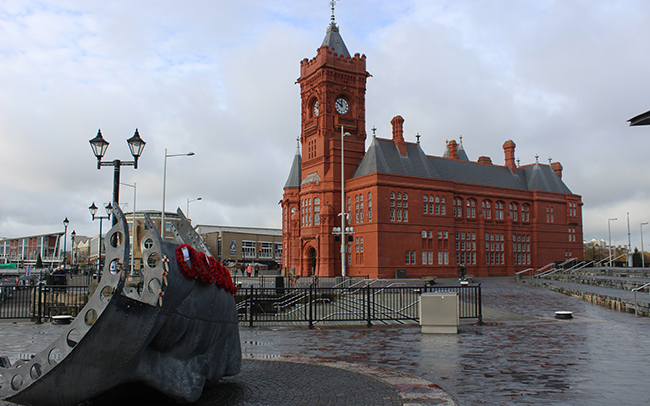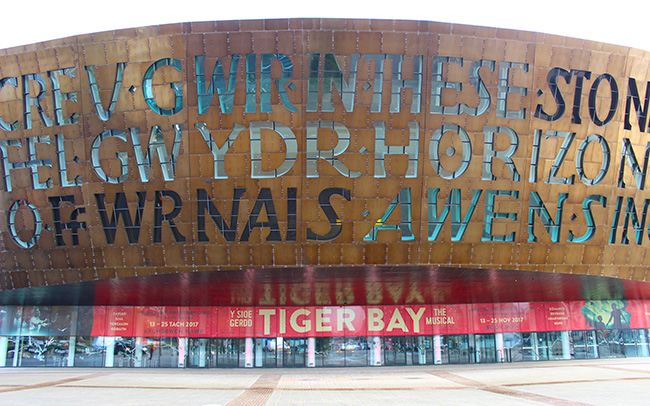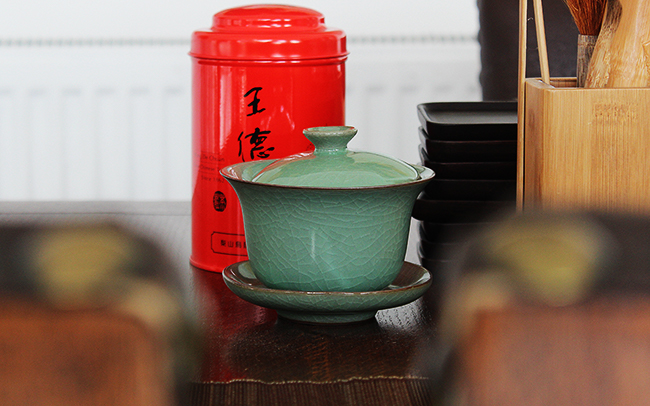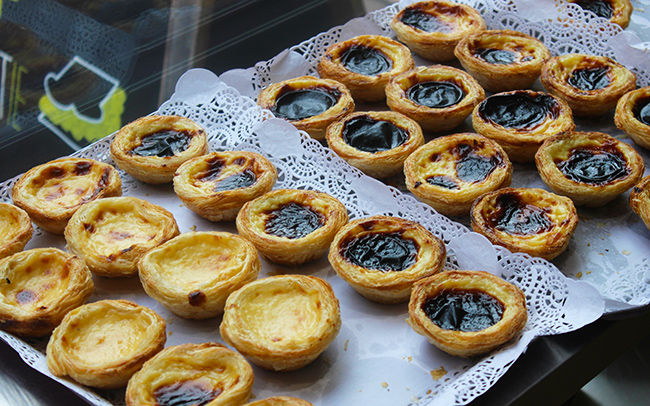Butetown is an ethnically diverse district in the south of Cardiff with a rich history and a wide array of cultural events. Here are the 10 things you need to know.
The Bay has a rich history
Cardiff Bay was once the heart of Wales’ coal industry. From there, Welsh coal was exported to the rest of the world. The coal mining industry helped the building of Cardiff as we know it today.
The Pierhead Building, built in 1896, is one of Cardiff Bay’s most iconic landmarks. It once served as the headquarters for the Bute Dock Company, responsible for Cardiff’s economic growth.
“The Pierhead is an amazing building. A lot of people are surprised by the colour of the tiles and the mosaic in the building. Sometimes we’ll have events going on in the main hall. We also have exhibitions upstairs,” says receptionist Lea Sautin.

One of the most successful regeneration projects in the UK
After World War Two, the Bay fell victim to a fall in trade and became an abandoned wasteland.
However, in the 1980s the Cardiff Bay Development Corporation was created to regenerate the 2,700 acres of derelict dockland.
As a result, Cardiff Bay is now a fantastic area for culture, living, and attracting a lot of tourism.
A cosmopolitan community
Fifty nationalities has settled in Bute town including the largest Somali community in the UK. Nowadays, it is qualified as Wales’ oldest multi-ethnic area. At that time, most of migrants were working as seaman. It has contributed to build up Cardiff bay as people know it now.
In the 19th an important number of Norwegian sailors arrived in Cardiff. The port was a major place for Norwegian trade. The Marquis of Bute built up a new church in 1868 and donated it to sailors in order to serve their religious needs. Apart from its historical side, the church welcomes now arts exhibitions regularly and there is a café for the Norwegian community and those interested into this culture to meet in a place full of history.
According to Ceri Dowling, a worker at the Café, “The atmosphere is a lot better and it’s different from a normal coffee shop. There is a room where they can have a look on how the church used to look like”
A place of culture
From the many cultural places in Cardiff Bay to choose from, the Wales Millennium Centre is perhaps the most impressive. The colossal arts venue houses concerts, musicals, and theatrical performances.
“We have a wide range of entertainment. Not just musicals, there’s all sort of different shows. There’s lots of community things going on all the time. It’s more than a theatre,” says Ruth Jones, an employee.
The Millennium Centre is also home to the Welsh National Opera and the BBC National Orchestra. The design of the building is an ode to Wales: the slates stand for the rocks, the front of the building represents the back of a ship, and the glass symbolizes the water.

A worldwide reputation
Cardiff bay gained an international reputation thanks to Shirley Veronica Bassey. Born from a Nigerian father, she started her career in the 50s where she got many hits in the UK.
This diversity attracted different kind of people which allow the city to enlarge its reputation. Three years ago, “the Boundary Art” opened nearby the wetlands reserve.
“We got Chinese paintings which are unique. Artists are based in China and London, and sometimes some local artists expose their works. And sometimes, there are some tea ceremonies as well,” said Joan Oiy, the owner of the “Boundary art.”

A variety of cuisines
The bay offers many types of food from all corners of the world.
Nata and Co is a Portuguese bakery. It is located in two different spots in Cardiff including the Bay. They are offering a wide range of food such as Patries which are the traditional patisseries.
“There is a different way to bake. This was the second shop in the area and the prices are cheaper,” said, Joana Serrano. The bakery has gain a certain reputation because of the cakes they offer which are mainly Portuguese food.

A heterogeneous architecture
The old town is confronted today with the challenge of modernization as you can see from the settlement of various buildings along the bay.
Cardiff Bay contains modern buildings such as the millennium centre opened in 2004 and the senedd in 2006. In the same time, the red pierhead and the Midland bank are both from the 19th century and are showing a unique architecture.
A place for all ages
Cardiff offers a vast range of activities suitable for different ages. If you’re an adult you may find restaurants, pubs or even parks for those who want to relax. But what about children? Since 1996, Techniquest, a science centre in Cardiff Bay aimed mainly at children. There are different kind of activities to help the visitors get into science such as planetarium shows, or science theatre shows.
Sue Quantick, an employee at Techniquest, said, “It’s a good way for them to learn about different subjects, we have an interactive exhibition, so they’ll hands on. So I think it makes science and technology livelier.”
Water sports are big in Butetown
The Cardiff Yacht Club, Cardiff City Rowing Club, and Cardiff Bay Water Activity Centre all call Cardiff Bay their home.
All of these clubs welcome water sports enthusiasts and athletes of all ages. Some of the clubs participate in national and international competitions, putting Cardiff on the map.
Unfortunately, Butetown also has a drug problem
Over the last few years, many residents of Butetown have complained about the growing drug problem there. According to a BBC article from last year, many residents claim that “heroin and cannabis are openly sold and taken in the area’s children’s parks and playing fields.”
